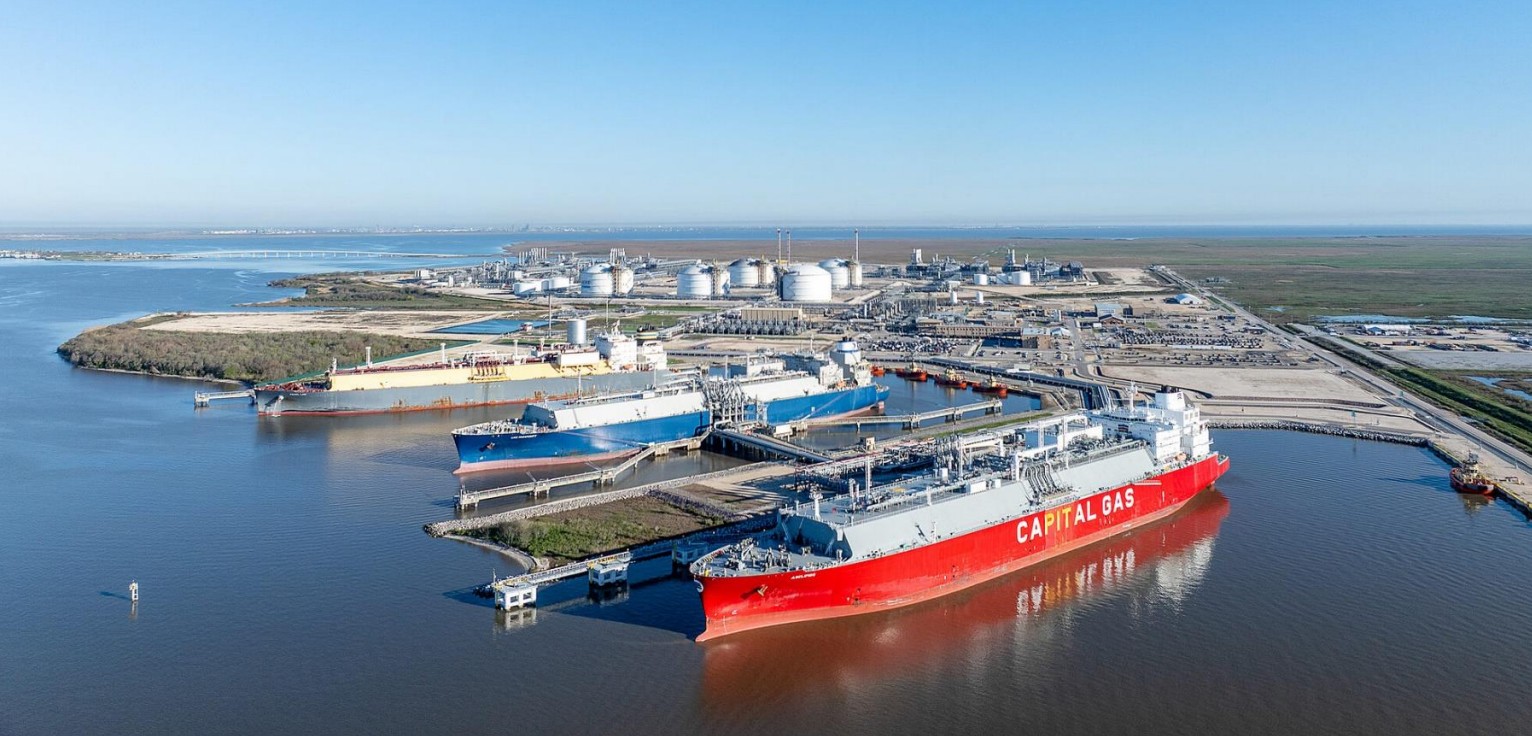This story requires a subscription
This includes a single user license.
Under the SPA, Jera has agreed to purchase approximately 1 million tonnes per annum (mtpa) of LNG from Cheniere Marketing on a free-on-board basis from 2029 through 2050.
Moreover, Cheniere said the purchase price for LNG under the SPA is indexed to the Henry Hub price, plus a fixed liquefaction fee.
Jera said in June that it had signed a heads of agreement with Cheniere’s marketing unit.
The Japanese firm agreed 20-year deals to buy up to 5.5 million tonnes per year of LNG from the US.
Jera just signed a 20-year LNG SPA with US LNG exporter Sempra Infrastructure, a unit of Sempra, for volumes from the Port Arthur LNG Phase 2 development project in Texas.
Cheniere’s president and CEO Jack Fusco welcomed this multi-decade agreement with Jera, the “largest power producer in Japan and one of the largest buyers of LNG in the world.”
“This SPA fortifies our longstanding relationship with Jera, which is based upon years of cooperation and mutually beneficial LNG trade,” he said.
Cheniere expanding capacity
Cheniere is the largest US LNG producer and plans to boost its export capacity to about 100 mtpa via new expansion projects at its Sabine Pass and Corpus Christi LNG terminals.
The company currently produces about 49 mtpa at its LNG export facilities, with up to 12 mtpa under construction.
Cheniere’s Sabine Pass facility in Louisiana, the largest LNG export plant in the US, currently has a capacity of about 30 mtpa following the launch of the sixth train in February 2022.
However, the company plans to add 20 mtpa to the plant with the proposed Sabine Pass Stage 5 expansion project.
In addition, Cheniere recently announced a postive final investment decision to build two more midscale trains at its 15 mtpa Corpus Christi LNG plant in Texas.
The CCL midscale trains 8 and 9 project is being built adjacent to the Corpus Christi Stage 3 project and consists of two midscale trains with an expected total liquefaction capacity of over mtpa of LNG and other debottlenecking infrastructure.
Upon completion of the project, and together with expected debottlenecking and CCL Stage 3, the Corpus Christi LNG terminal is expected to reach over 30 mtpa in total liquefaction capacity later this decade.

